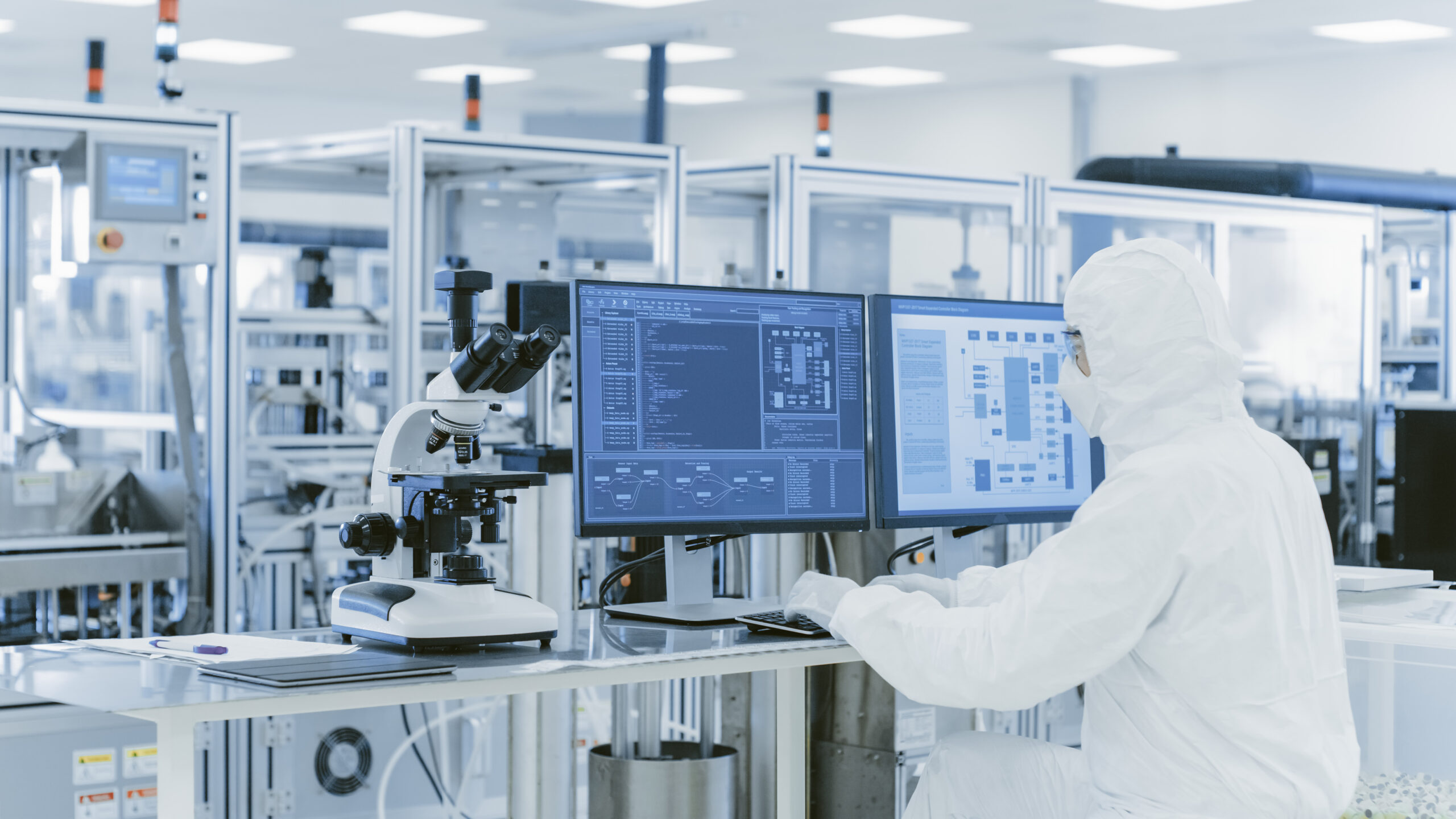Taking end-to-end Recipe Management in the Pharma Industry to the Next Level

Why the ‘bigger picture’ in Pharma recipe management is more important than connecting different systems
Over the past couple of decades, an increasing number of IT systems are being used to define and document the research and development phases of pharmaceutical products. This comes at a time when the pharma industry is searching for much-needed productivity gains in the R&D processes. The lines between different tools and systems such as LIMS, ELN, and SDMS are becoming increasingly blurred and the capabilities of these different systems extended. In addition, the information that is captured in these tools is not shared across an organization. Industry analysts tell us that bioprocessing informatics, IoT-enabled laboratory & enterprise laboratory informatics are set to be the next big thing. But is this myriad of tools actually assisting the scientific development process, or simply distracting from the bigger benefits of an end-to-end solution spanning pharmaceutical R&D departments and their corresponding manufacturing units?
It is well known that R&D cycles in pharmaceuticals are lengthy, costly, and challenging to manage. Collaboration and knowledge sharing across the entire lifecycle, from drug discovery to commercial manufacture, is highly siloed from a cultural, historical, geographical, and technological perspective.
Thus, the next logical evolution is to create a framework that can be leveraged across a global R&D organization, linking strongly to manufacturing and with an underlying integrated engineering and operational backbone. Such a framework will enable the application of an Enterprise Recipe Management (ERM) approach that digitally connects product development and manufacturing operations while considering the specific regional challenges and capabilities. A true approach to Enterprise Recipe Management should eliminate the need to manually transform product information from system to system and from silo to silo. It starts with the development processes and moves through process optimization for manufacturing processes that become consistent and easier to manage across countries, process equipment or manufacturing facilities. The aim is to enable increased efficiency, productivity, and quality of products as well as true agility across the entire enterprise and even into the ecosystem.
Over the last few years, Siemens has been approached by several forward-thinking pharma customers to support them with the creation of such an end-to-end solution. It needs to cover the entire recipe management process, leveraging the cross-industry experience that Siemens has in the manufacturing space, the knowledge in scale-up and in the process development space and the different tools in the portfolio.
In that time, Siemens has spent billions of Euros investing in an integrated portfolio of software and hardware offerings, both internally and via acquisitions, laying the foundation for an end-to-end recipe management solution for the full pharma enterprise, enabling data to be made available and better shared between the different stakeholders.
A recent example of this investment is the acquisition of the source code and IP assets from Riffyn, Inc. in March 2022. This cloud-based platform, Nexus, focuses on the gathering and recording of data throughout the drug development process, enabling the data to be shared in a structured and systematic way across the organization. With an intuitive workflow design tool that is built on an organization-wide ontology database, it becomes possible to execute experiments in a dynamic way and enable both small- and large-scale batch manufacturing with precision. It is about turning consolidated and useful data into useable knowledge, complementing and interfacing with the existing Enterprise Recipe Management offerings from Siemens that cover modeling, simulation, product lifecycle management (PLM), automation & MES.
By creating a common data knowledge backbone, which starts in the process development labs and goes further downstream to commercial manufacturing (with in-between clinical batch production, tech transfer, upscaling, etc.), Siemens can provide answers to our customers’ challenge of recipe transformation. It’s about digitalization of R&D and digitalization of manufacturing.
It’s not just pharma companies that see the benefits of enterprise-wide and integrated knowledge management across the recipe lifecycle, and much of the work to integrate different industrial IT systems has taken place in other manufacturing sectors over recent years, including in Siemens’ own factories.
If the biotech and pharma industry can effectively learn from and adopt this approach from other industries, if they can break down the long-standing organizational and historical barriers and if they can more easily leverage the tools that are available today to improve the flow of data and knowledge through the entire enterprise, then the industry can really achieve a new level of efficiency and productivity thanks to Enterprise Recipe Management.
Written by Andrew Whytock

Andrew works in a Global Pharmaceutical Expert Center for Siemens in Karlsruhe, Germany. His principal focus is to work with different pharma organizations to provide insight on Industry 4.0, Pharma 4.0 and digitalization, facilitating the transition towards the digital pharma enterprise. With more than 20 years in the software industry, in a variety of consultative and business development roles around Europe, Andrew has been involved in industrial software and digitalization in biopharma for the last 15 years. Andrew is an active member of both the ISPE 4.0 Special Interest Group and the Biophorum Technology Roadmap Steering Committee.


